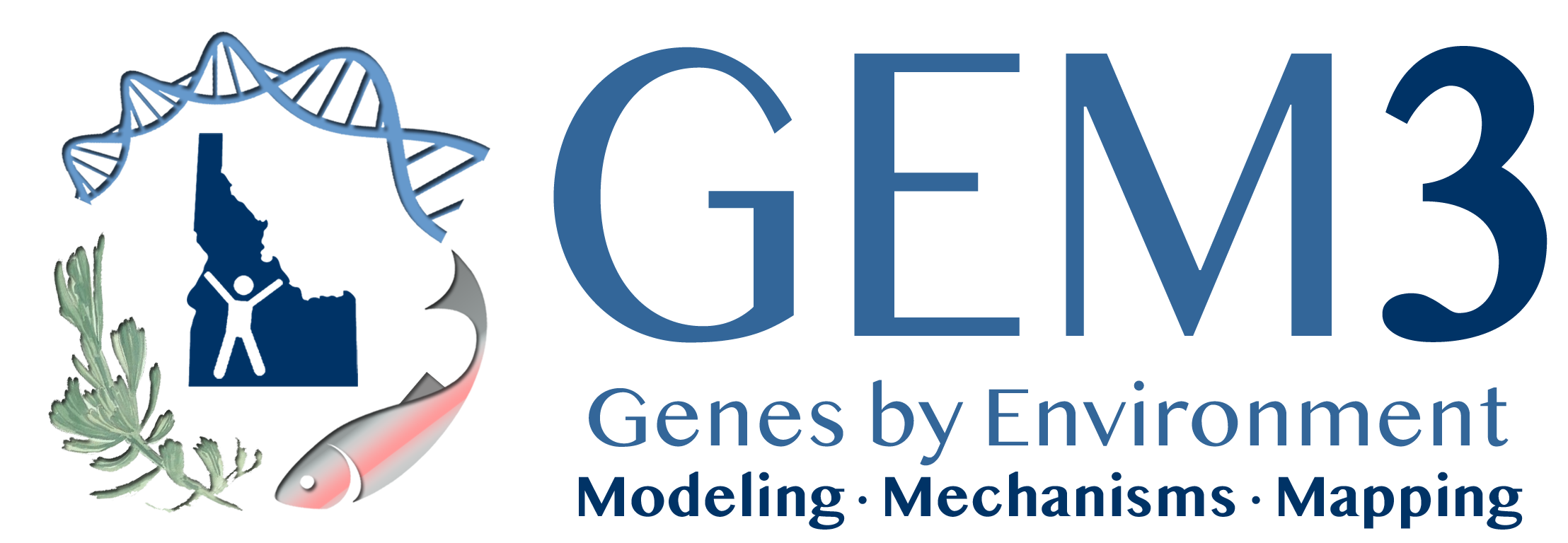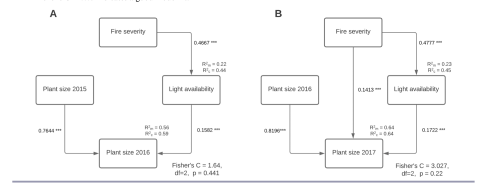Indigenous ecologies have persisted through major social and ecological changes including settler colonialism. Adaptations have been a necessary part of this resilience, however little attention has been given to the consequences of these adaptations for Indigenous Peoples and ecologies. Without exploring these consequences, we are left with an incomplete understanding of adaptation that potentially obscures social and ecological costs associated with resilience. Here we describe the contemporary caretaking of a culturally-significant plant used in weaving traditions called beargrass (Xerophyllum tenax Melanthiaceae), and discuss how adaptive practices to maintain biocultural connections to beargrass have influenced both socio-cultural and ecological systems. We ask: (1) How is beargrass stewarded and used today? (2) What are the adaptive practices that Indigenous communities in the Pacific Northwest have used to maintain cultural traditions through changing conditions? (3) What are some of the social and ecological consequences of these adaptations? Through semi-structured interviews with cultural practitioners we identified multiple reciprocal practices that form a basis of the caretaking relationship. In order to compensate for a lack of access to beargrass and lack of ability to exercise sovereignty in land management, practitioners described substituting other weaving materials for beargrass, as well as caretaking substitutions. These adaptations were not uniformly accepted and for some either represented significant cultural losses or placed additional burdens on communities. We also collected ecological field data on beargrass. Using structural equation modeling, we found that a key adaptive practice, the substitution of tree pruning for cultural fire, can replicate key short-term benefits of fire for beargrass populations, but does not appear to replicate longer term benefits. In sum, adaptive practices have allowed beargrass traditions to persist through colonialism, but cannot fully substitute for social and ecological benefits of pre-colonial caretaking, and also result in losses and/or additional burdens for communities. Investigating what adaptations to maintain resilience do in communities, and for whom, is necessary in order to fully appreciate the costs and benefits of adaptations that support resilience through various forms of perturbation.
In the best-supported model for plant growth one to two years post-fire, light availability mediated the impact of fire severity on plant growth, whereas direct effects of fire on plant growth were not significant (p = 0.44; n = 858) (A). From two to three years post-fire, in the best-supported model, the direct effects of fire on growth were somewhat larger (0.14) than the indirect impacts mediated by light availability (total indirect: 0.4777*0.1722 = 0.0823; n = 852) (B). Shown are standardized path coefficients. *** indicates p < 0.001. Site was included as a random effect in both models. Site explained about half of the variation in light Fisher’s C > 0.05 indicates a good model fit.
| GEM3 author(s) | |
| Year published |
2022
|
| Journal |
Ecology & Society
|
| DOI/URL | |
| Keywords |
Ecology
Socio-Ecological Systems
Mathematical Models
Human Dimensions
Landscapes
|
| GEM3 component |
Integration
Modeling
Partnerships
|
| Mentions grant |
Yes
|

